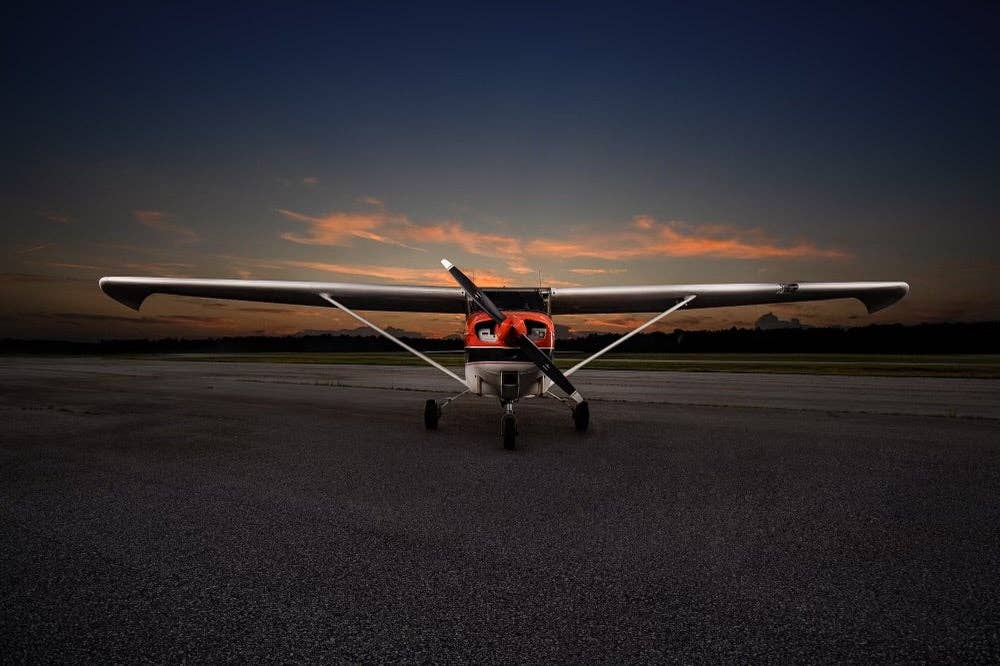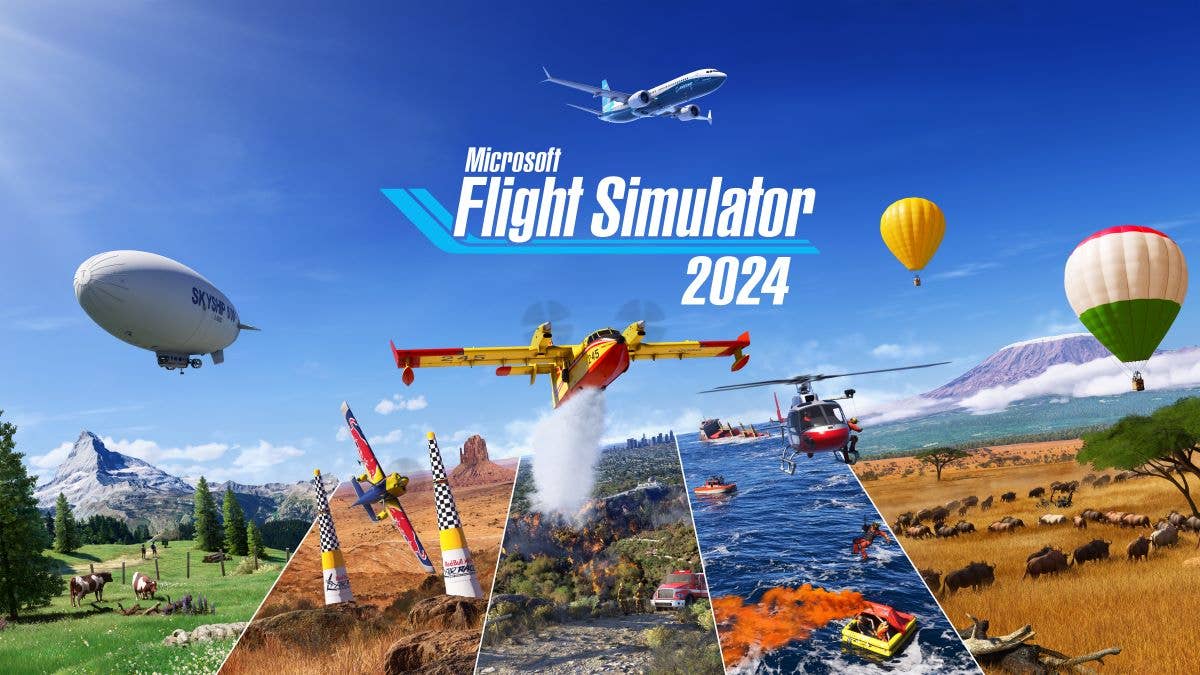Survey: Home Flight Sim Helps Prepare Real-World Pilots
A new survey says flight students who supplement with home flight sims are able to shave almost 20 hours off flight training hours from the FAA average.

Pilots can get valuable practice on simulators. [Credit: Shutterstock]
One of the common challenges with learning to fly is that unlike learning to play a musical instrument, more often than not you cannot practice what you learned at home. That is, unless you have a home flight simulation set up.
While the time "logged' using X-Plane or Microsoft Flight Simulator doesn't count toward the required time for a certificate or rating, and it won't give you the kinesthetic feel for the aircraft, it can still help reinforce concepts learned in lessons.
According to a newly published study from the Flight Simulation Association (FSA), those who use home flight simulation technology as a supplement to their flight training are able to receive their certificate with "5.5 fewer flight training hours than those who don't, and in almost 20 hours less than the FAA average." The study surveyed some 1,000 pilots and air traffic controllers who use home flight simulation.
“We have always known that enthusiast flight simulation impacts pilot training but have never had a way to quantify it,” said Rick Parker, an airline pilot and co-founder of NextLevel XR. “This survey is a great first step to showing there is serious benefit from complimenting aircraft training with structured or unstructured time in a home flight simulator.”
For a pilot training under a Part 61 program, 40 hours is the minimum required for private pilot certification, but decades of data show that most people have 70 hours or more before they get their ticket.
Procedures Training
Using home flight simulation allows the learner to perform a more robust version of chair flying—the practice of sitting in a chair as if in the cockpit and running through procedures such as engine start, takeoff and landing. A home flight sim setup provides an opportunity to build muscle memory as you throw switches, press buttons and manipulate controls.
Cross-Country Prep
Getting lost is one of the number of concerns new pilots have. Practicing cross-country flights in the home sim before making them in the real world can help prepare pilots.
It helped Michael Puoci, a 50-hour student pilot in the Seattle area who also works in the computer gaming and virtual flight training industry designing virtual cockpits. Puoci, like so many low-time pilots, was a bit anxious about basic navigation, and worried he'd get lost.
"I would plan my route and use X-Plane to fly it. The graphics were good and matched the topography so I was able to pick out my landmarks,” he said.
When it came time to fly the route in the real world, he said the home sim practice flight, "helped a ton, because I could quickly glance out the window and recognize where I was. It became easier to stay ahead of the airplane."
The sim is often a better learning environment because the action can be paused and mistakes undone with a keystroke.
"You can pause and learn how to troubleshoot and solve problems," he said. "You learn how to do that in the sim because in the airplane things can get worse quickly if you don't have that skill.”
Sometimes real world flight training helps a sim user diagnose a problem. Puoci was having an issue with his virtual airplane—the engine ran rough shortly after he taxied out of the virtual hangar. His real-world CFI asked him if he had leaned the mixture for taxi or attempted to clear the magneto prior to takeoff. As he had never learned about this, he had not. It was demonstrated in the real world, and when he returned to the virtual world, he applied what had been learned and it fixed the issue.
Accept Limitations
One of the common complaints about simulation technology is that it doesn't "fly like the real thing." No it doesn't. And it's not supposed to. Once the learner accepts that, they can take advantage of the application of sim technology. The CFIs who regularly make use of simulation technology will warn you the sim is significantly more challenging than the airplane to fly, as you do not have that "seat of the pants" feeling, therefore you need to develop a better instrument scan.
Virtual ATC
When the home sim is paired with a virtual air traffic controller, such as PilotEdge, it can be an excellent way for the learner to develop the skills they need in the real world, because there are usually multiple aircraft on frequency—just like the real world—and these controllers will tell you when you have clipped controlled airspace or you are at the wrong altitude. But unlike the real world, your certificate won’t be at risk.
The FSA survey also looked at the impact home flight simulation has on air traffic controllers. The results show that home flight simulation could be an undiscovered source of air traffic control recruitment—perhaps even training—that is likely being overlooked by regulators and civil aviation agencies.
“The advancements in home-based simulation hardware and software have transformed a community once seen as purely hobbyist into a pipeline of motivated and focused individuals with readily accessible tools to explore and prepare for a career in aviation,” said Jon Standley, an air traffic management industry professional and graduate of the FAA’s Collegiate Training Initiative program.
The Home Sim Set Up
Some home simulation setups can cost thousands of dollars, depending on if the user wants a full set up with yoke and rudder pedals, a special chair and multiple screens and speakers for a full immersive experience. And on the other side, are the desktop devices created by flight simulation companies that cater to professional pilots, such as Redbird Flight Simulations from Austin, Texas. The company makes the FMX, a full motion device that puts the user inside an enclosed cockpit all the way to the J-Bird, which is a desktop model.
"For years Redbird Flight has helped countless aviation professionals achieve their career goals," says Harvey Madison, a learning development specialist at the company. "For pilots from all sectors of aviation, including Parts 91,121, 135, and beyond, Redbird plays an integral part in learning, mastering, and maintaining top performance skills."
The FSA is a free to join community of flight sim enthusiast pilots and industry developers and organizer of FlightSimExpo, one of the world's largest dedicated flight simulation conventions. The next event is scheduled for June 21-23 in Las Vegas, Nevada.

Subscribe to Our Newsletter
Get the latest FLYING stories delivered directly to your inbox






